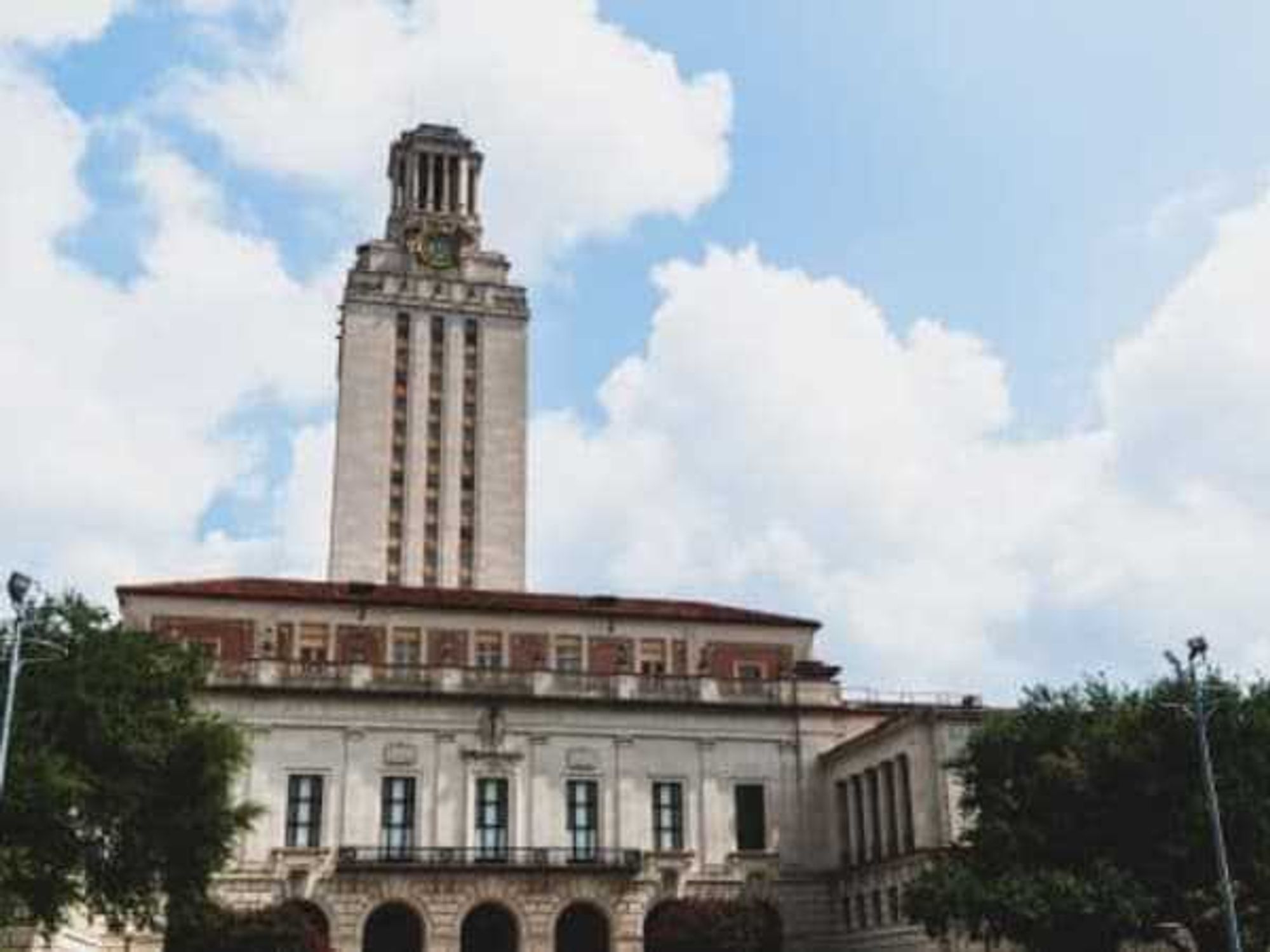Going Digital
Austin-San Antonio corridor is one of the nation's best for this hot job sector

The Austin-San Antonio corridor is one of the country’s hottest spots for jobs in the digital sector, according to a new study, but we’re well behind Silicon Valley.
The study, commissioned by the Interactive Advertising Bureau (IAB), says the 35th Congressional District — covering a narrow stretch along I-35 from Austin to San Antonio — ranks 13th among all U.S. districts for the number of digital jobs. Last year, the study says, the digital economy contributed 23,876 jobs to the 35th Congressional District, whose congressman is U.S. Rep. Lloyd Doggett, an Austin Democrat.
Perhaps even more impressive is this statistic: The digital economy pumped nearly $8.4 billion into Doggett’s district in 2016, according to the study’s author, John Deighton. The 35th Congressional District was the only Texas district among the top 14 digital districts ranked in the study.
“The 35th Congressional District is a vibrant part of the internet jobs culture. It contributes much to the build out of the internet that makes digital markets work,” Deighton, a business professor at Harvard University, tells CultureMap.
With schools like the University of Texas at Austin and Texas State University in the district, “there is a fertile mixing of computer science and business mindsets, which no doubt accounts for its thriving startup culture, and its attractiveness to national and global internet marketers looking to open regional offices,” Deighton adds.
Jobs counted in the study range from customer service representative to software developer in digital sectors such as online video, e-commerce and cloud computing. Even jobs like ride-hailing driver, web content creator, and eBay seller qualified.
For the study, Austin employers that fit the digital definition included Bazaarvoice, HomeAway, RetailMeNot, and WPEngine, according to Deighton.
While the Austin-San Antonio corridor’s showing in the study is impressive, it’s overshadowed by digital powerhouses in Northern California.
Five of the top 14 congressional districts in the study are in Silicon Valley, San Francisco, or neighboring areas. At No. 1 is the congressional district covering most of the immediate San Jose area, with the study tallying 53,873 internet jobs there in 2016.
Throughout Texas, the “advertising-supported internet ecosystem,” as the study officially calls the digital sector, pumped $89 billion into the state’s economy and supported 253,097 jobs in 2016.
Texas accounted for 8 percent of internet jobs in the U.S. last year, the study says. From 2012 to 2016, the number of internet jobs in Texas rose 117 percent, one of the highest growth rates in the country.
Only one state, California, was ahead of Texas for the number and percentage of internet jobs. California claimed 15 percent of U.S. internet employment in 2016, with just over 478,000 jobs.
“The ad-supported digital ecosystem has proved to be a powerful economic driver and job creator in the U.S.,” says Randall Rothenberg, president and CEO of IAB. “This research underscores the industry’s ability to touch lives and support families across the country, fueling the economy from coast to coast, whether through big-name companies or mom-and-pop operations that depend on the internet for their livelihoods.”
